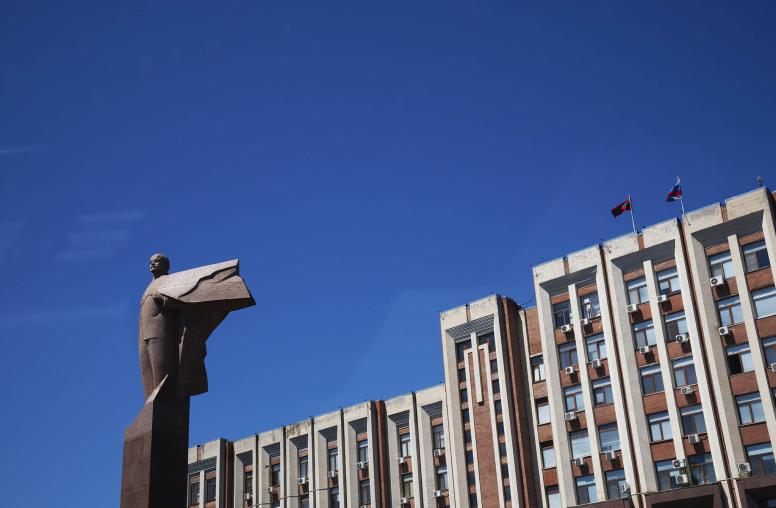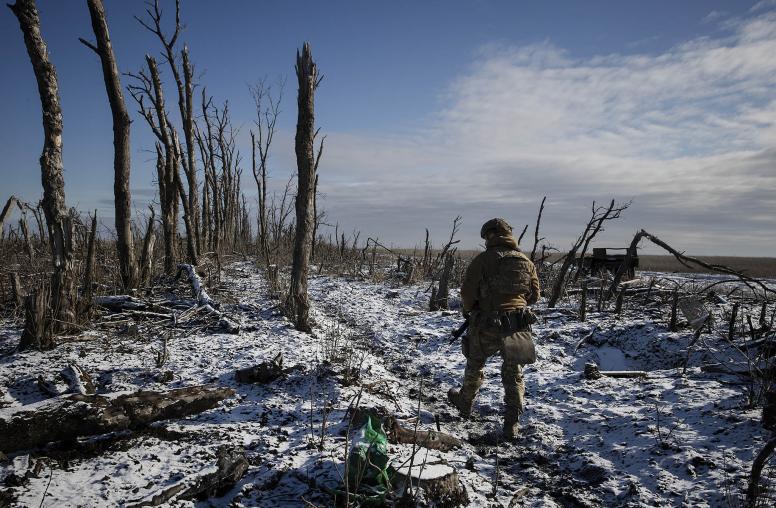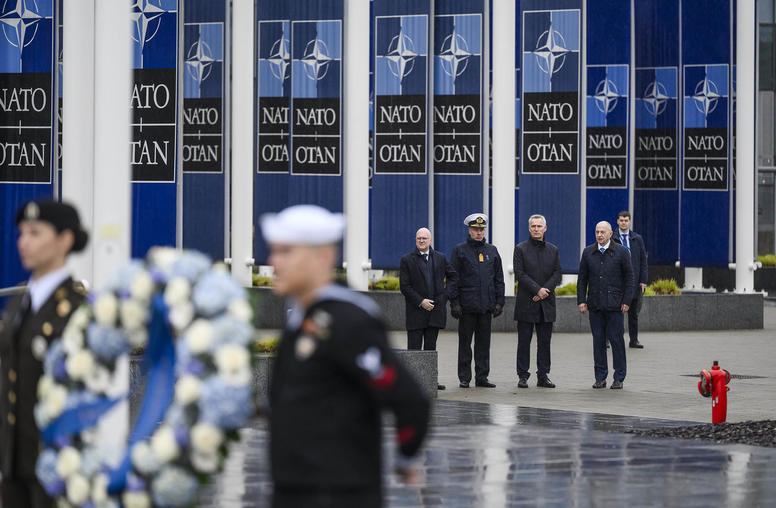Can a Source of Conflict Be Turned Into a Unifier Instead?
One of the first things the Ukrainian parliament did after the ouster of President Viktor Yanukovych last month was to repeal a law that allowed regional authorities to adopt Russian as a second official language after Ukrainian. The acting president understood the potential of the repeal to inflame tensions and vetoed the measure, but the moves highlight a larger question: what is the precise role of language in ethnic and national conflicts? Is language a driver of conflict, or is that merely a symptom of political and economic grievances?

Specialists discussed the link between language, linguistics, human rights and peacebuilding in the Symposium on Language, Peace and Security, held at USIP on Feb. 21, the date that marks UNESCO's International Mother Language Day. USIP’s Academy for International Conflict Management and Peacebuilding hosted the forum with SIL International, the Center for Applied Linguistics, and the Alliance for Peacebuilding.
Panelists offered especially interesting ideas about using language differences to bridge identity-based conflict in recent instances. One example came from participants Suwilai Presrirat and Unian Samoh of Mahidol University in Thailand, who discussed Patani Malay. That’s the primary spoken language of the ethnic group of the same name in the southernmost provinces of Thailand along the border with Malaysia.
Since the area came under Thai rule in the beginning of the twentieth century, tension has often arisen between the Patani Malay, who are Muslims, and the Buddhist majority in Thailand. Periods of fighting and opposition to the central government in Bangkok have been common, the latest being an armed insurgency that began 2004.
But the situation in southern Thailand is not clear-cut. As in many places where there is ethnic and linguistic diversity, people get along quite well most of the time, and there are hybrid or mixed identities. Indeed, Patani Malay is used as a lingua franca by ethnic Thai who live in the border region.
The Patani Malay dialect has traditionally not been a written language; when written communication was needed, people utilized an old form of Malay that used Arabic script. This is in contrast to the majority of Malay speakers in Malaysia and Indonesia, who use Latin script. A phonetic rendering of Patani Malay using the Thai alphabet was also introduced by the Thai government when it took control over the region.
Many Patani Malay have consistently opposed the phonetic Thai version of the language, arguing that it would dilute the Patani Malay identity and culture and force those who speak that language to assimilate into the Thai majority.
In 2007, local educators initiated a bold program to bridge these linguistic differences. With Thai government support, a decision was made to use all three forms of the written language and not appear to be favoring one. The use of the Arabic script links to their traditions and history, the Latin script symbolizes the ties to Malays in neighboring countries, and the phonetic Thai script serves as a visual bridge with ethnic Thais in their own country. All three versions of the language are taught in schools and are used on public buildings.
The exact approach taken by the Patani Malay community is not a panacea, and this measure alone has not ended armed conflict in the south of Thailand. But it is an outstanding example of the kind of creative thinking that is essential for successful peacebuilding.
Indeed, this kind of reframing may further inspire new means to address deeply entrenched political and economic grievances. People have multiple identities in which they might find commonalities with their neighbors. But during conflict, especially when one of these identities becomes threatened or inflamed, people are more likely to focus on differences.
When there's too much division between primary identities, it is crucial to focus on secondary identities. Peacebuilders often work on a bridging identity, what is sometimes known as a third culture, to create or renew linkages between people. For example, a shared identity as mothers, or as grieving relatives, or as educational professionals, can be promoted to create dialogue between divided communities.
As participants in the Symposium on Language, Peace, and Security emphasized, the key is not for outsiders to try to impose a solution that bridges linguistic differences, but rather to bring motivated people together and help them find solutions that can be implemented in their communities.
For more information on ways for practitioners to work with local communities and find bridging solutions when there is identity-based conflict, see the following USIP Academy online course (currently offered at no charge): Engaging with Identity-Based Differences.
Peter Weinberger is a Senior Program Officer in USIP’s Academy for International Conflict Management and Peacebuilding.



